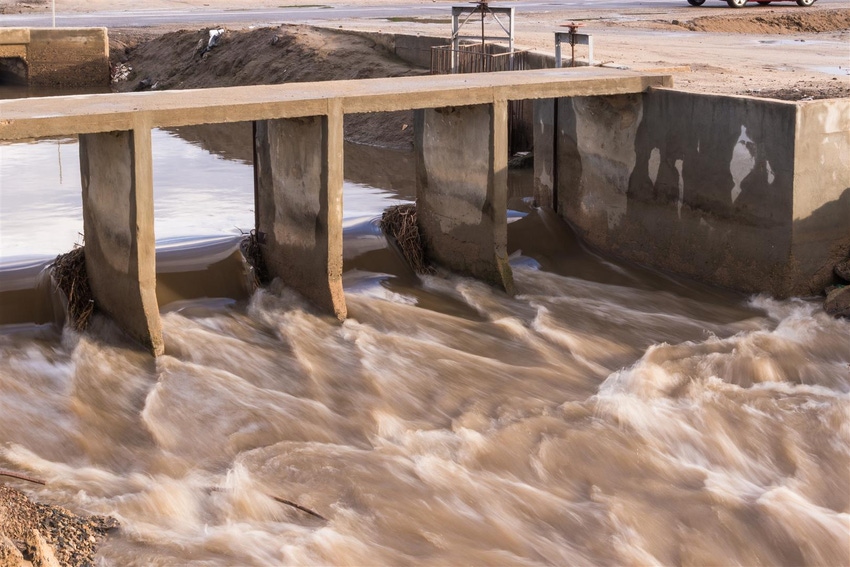
Some California water contractors were told this week to expect higher allocations from their respective sources due to improved hydrologic conditions in the state.
The 29 users in the State Water Project, which includes agricultural and urban users, should now receive 60 percent of the 4.17 million acre feet requested, up from an earlier estimate of 45 percent.
The California Department of Water Resources, which operates the State Water Project (SWP), made the announcement on April 21 in the wake of news that storms have nearly filled key northern California reservoirs, including Lake Oroville, the keystone of the SWP.
“It’s encouraging to see some water users will see a greater supply of irrigation water this year,” said Mike Wade, executive director of the Sacramento-based California Farm Water Coalition.
Lake Oroville, which because of multiple years of drought fell to under 1 million acre feet of storage just a few months ago, is now within 200,000 acre feet of its 3.5 million-acre-foot capacity.
Collectively the SWP serves about one million acres of irrigated farmland and 25 million California residents.
Federal water users in the Central Valley Project’s Friant Division were told they too can expect an increased allocation from the division’s Class 1 water supply. The boost from 30 to 50 percent means more water for users along the east side of the San Joaquin Valley.
The same area received no surface water last year.
In addition to the Class 1 water allocation, which comes out of the first 800,000 acre feet of yield developed by the Friant system, users will receive an additional 100,000 acre feet of “uncontrolled season” supply.
According to the Bureau of Reclamation, which manages federal water deliveries to the Friant system, this Class 1 supply “will continue to be reassessed at weekly intervals until further notice.”
The USBR said it was able to make its April 21 announcement “based on improved forecasted hydrologic conditions,” which includes storage in Millerton Lake behind Friant Dam at about 44 percent of capacity.
Lake levels in Millerton peaked on March 23 when about 361,000 acre feet of storage was held behind Friant Dam. That level has since dropped to about 290,000 acre feet as water has begun to flow in the Friant Kern Canal, which delivers irrigation and municipal water from Chowchilla to Bakersfield.
One agricultural irrigation district in the Friant Division began informing its members in April of early season water supplies, encouraging them to schedule surface deliveries as soon as possible. Growers are also encouraged at this time to shut off wells and make full use of their surface deliveries as the growing season gets under way.
Some south San Joaquin Valley growers have already been making full use of surface deliveries by pre-irrigating some fields in an attempt to help rebuild depleted aquifers, which have suffered through several years of heavy groundwater pumping.
About the Author(s)
You May Also Like






